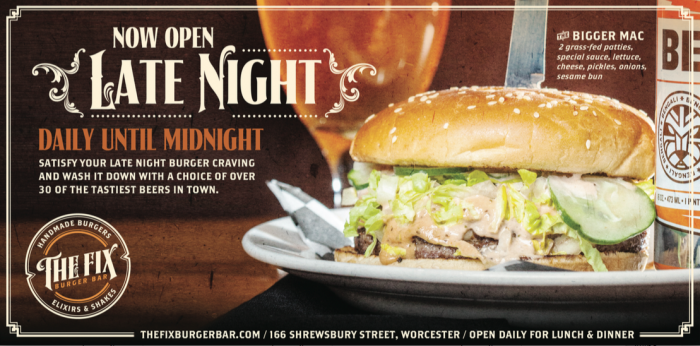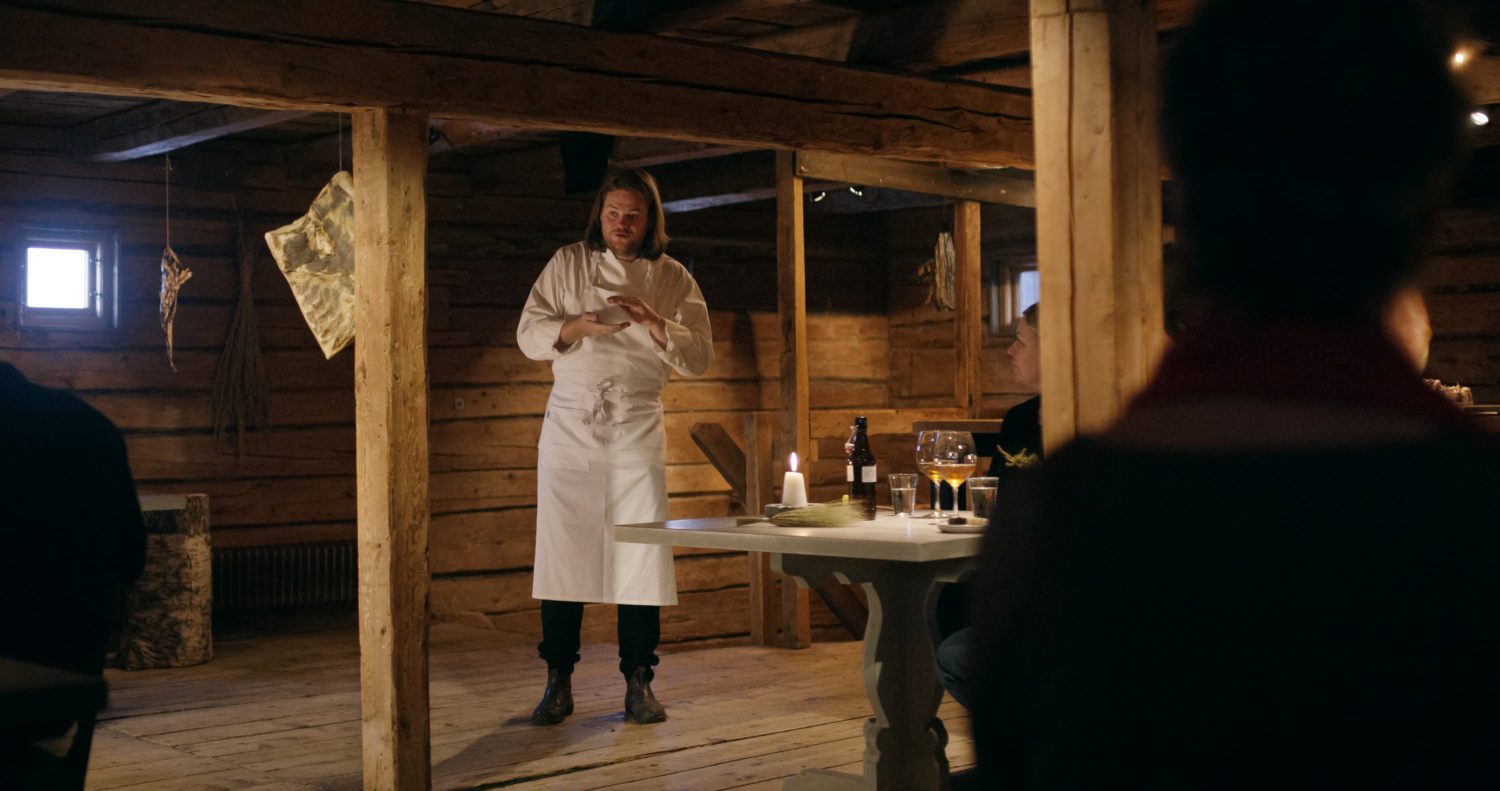
Obsession comes easily. There was a time (as early as the 1960s) that you’d see Julia Child on television demonstrating how easy it actually was to cook good food from home. At a time where Americans were recovering from the TV dinner, Child helped spark an interest in cooking. With that spark, it’s only natural that TV producers capitalize on the opportunity and beat it with a meat tenderizer.
This is most apparent today when you turn on television and are bombarded with cooking shows that make you question if you’re watching a show based on cooking, dating, survival, or a combination of all three. Thrillist listed a few favorites; Iron Chef, Chopped, American Test Kitchen, The Naked Chef… their comprehensive list doesn’t even touch the Ramsey empire (Kitchen Nightmares, Hell’s Kitchen (UK and U.S), The F Word, MasterChef, MasterChef Junior, Ramsay’s Best Restaurant), Adam Richman’s Man v. Food, Anthony Bourdain’s No Reservations, or Andrew Zimmern’s Bizarre Foods, nor shows from the Food Network (where you can expect to find more classic instructional concepts).
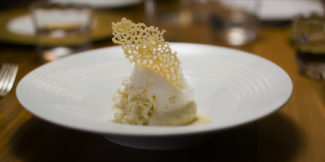
While a culinary professional may hate this Hollywood spectacle, these shows have done more good than harm; like Julia Child, the shows have ignited a passion and inspired the next generation—from the casual cooker at home through chefs in Americas’ top kitchens. This overzealous approach has made the casual foodie obsessed and this obsession has allowed local chefs around the world an unheard of opportunity to take risks and diners are eating it up (except for when a diner critiques a meal and references one of the aforementioned shows).
Riding this momentum, however, has tired a lot of viewers—separating the serious from the hobbyist; some saying that the bubble has burst in spite of itself. Fans of the shows have become both consumers and chefs because the portrayed glamor of competition, success, glitz, makes it look easy. What these shows don’t show is the hard work, tireless nights, ruined relationships, risk of financial ruin, and, worse of all, under appreciation.

Until filmmaker David Gelb, the director of Jiro Dreams of Sushi—the story of then 85-year-old sushi chef Jiro Ono—directed a new series that aired exclusively to Netflix in 2014; Chef’s Table. Chef’s Table is like Las Vegas without the lights—it cuts through the auspicious, flashy packaging to get to the heart. The most unique approach to this show is the lack of a host, which allows the filmmakers to give the chefs a voice that allows the viewers to understand the passion that drives them.
Each episode exposes an unlikely pattern that ties each chef’s experience together. When Gelb sat down with Sierra Tishgart for Grub Street, he spoke of Chef’s Table being unlike the other shows on air. “The trick is, we just follow the stories,” said Gelb. “It’s a combination of the origin stories of these chefs — where they came from and what they’re doing now — and it’s all about trying to find the ‘why?’ It’s very much a character study and a portrait of an artist.”
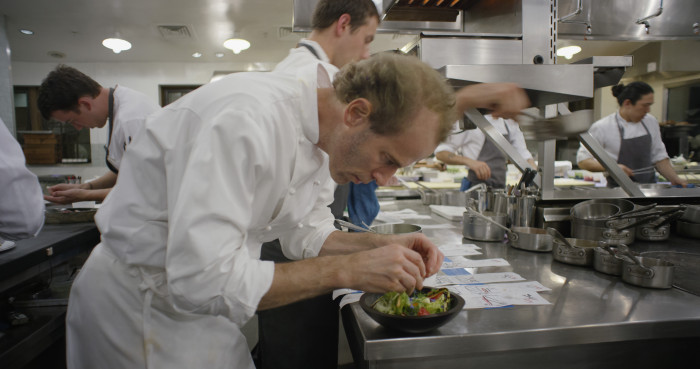
Apart from the compelling portraits and intimate self-reflection, the production quality of each episode mimics the detail each chef puts into their dishes. The cinematography is airy, clean, and deliberate and the music hauntingly beautiful, enticing the audience’s sense of sound much like the aromas of each dish would entice the diner’s sense of smell.
Silas Hite, who is no stranger to composing scores, was brought on board to marry the visual with the audio. When talking with Mass Foodies (then WorcesterScene), Hite spoke of the marriage of food and sound. “These chefs are clearly taking presentation and flavor very seriously, meaning every tiny element is there for a reason. When I write and mix a song, the same is true. Every note, instrument, and production choice is there for a reason.” Hite continues, “I am creating a very precise piece of art in which every ingredient is present in just the right amount. Much like creating a sculpture, a painting, or any piece of art, a perfect symmetry and balance is needed.”
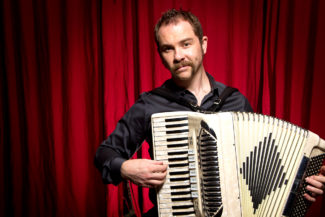
Like a chef’s plate, the cinematography and audio took careful consideration, “The cinematography was so breathtaking and dare I say stylized, that it really helped define the tone of the music. The music needed to be rich, elegant, and sensual to match the gorgeous shots. In some scenes, the music had to match the pace and energy of the visuals. In others, simply set the mood suggested by the story. There are many ways to approach scoring an individual scene, but there was such a clear and deliberate stylization of the visuals, that I clearly needed to reflect that with the music.”
Chef’s Table may not be for everyone; it doesn’t offer an adrenaline rush, you won’t be left wondering who will survive, or who will hook up with who, but it does tell individual stories of risk that is overcome by passion. Associate professor of Ohio State University’s Hospitality Management program, H.G. Parsa, calculated that “one in four restaurants close or change ownership within their first year. Within three years, that nurse rises to three in five,” he reported to Bloomberg (paywall).
While the stuffy professional may loathe the mass appeal of reality cooking shows, we should thank the producers for igniting an interest. The mass appeal has enabled chefs to take risks, follow trends, and break from normalcy. They have also helped differentiate the casual consumer from the passionate foodie with shows like Chef’s Table by presenting a compelling story that in a beautiful manner that, at least for those with even the smallest passion, will ignite the flame of obsession.
Editor’s Note: Chef’s Table Pastry, only on Netflix April 13.


